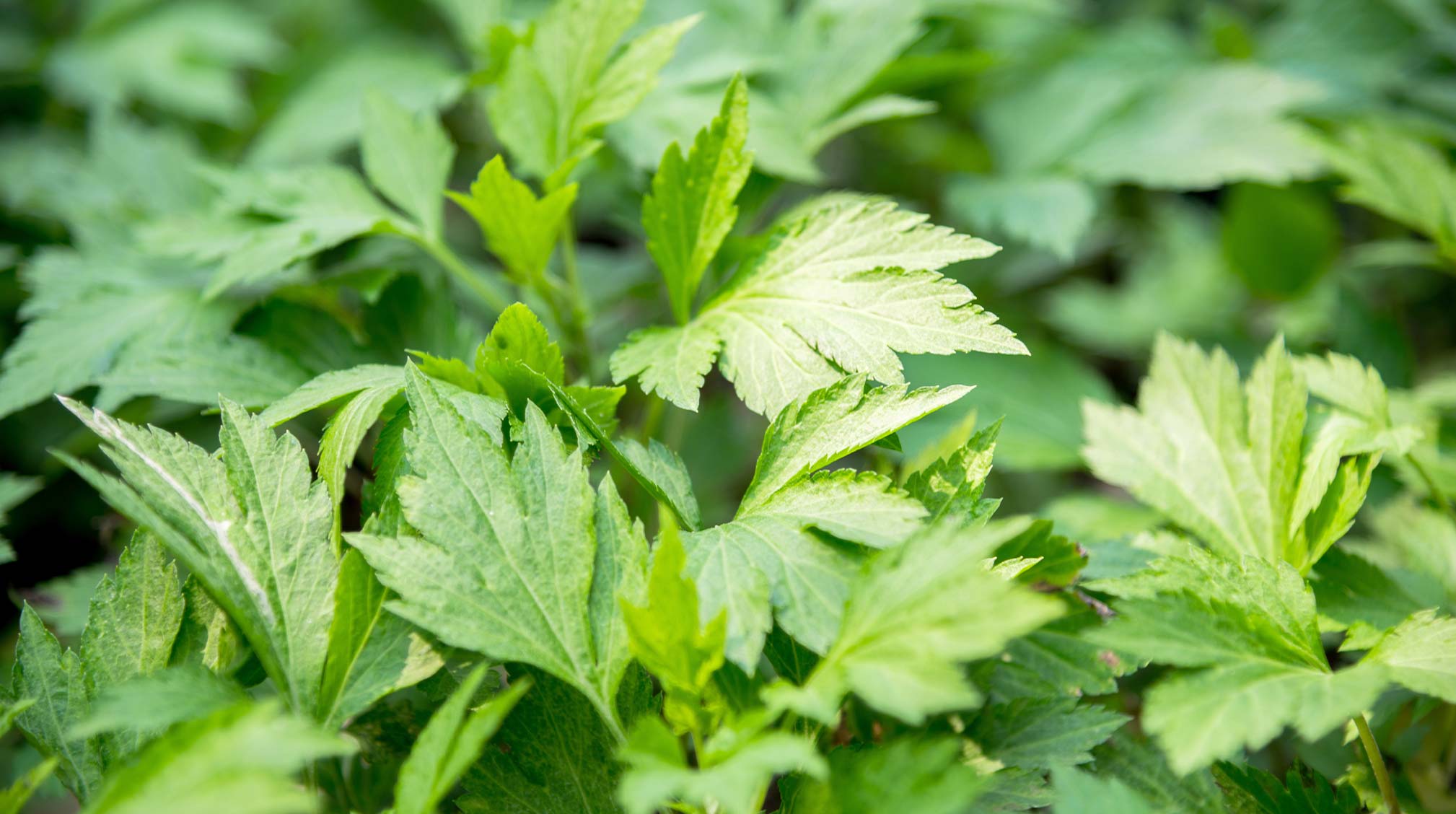
What’s a solid way to predict whether a product will actually deliver the skincare benefits it’s promising? Hint: You won’t find it in a Facebook, Instagram or TV ad.
Short of testing the product itself, it’s checking the ingredient list.
We know that deciphering skincare ingredients is easier said than done, but getting to know a few key ingredients that help with your skin concerns is a great place to start. And of course you can rely on Google, Reddit and our personal favorite — Skin School. 😉
But things can get tricky when you’re talking about a new skin ingredient. Does it live up to the hype? Is it safe? And will it actually help with my skin concerns? Ahead, we take four of the most popular ingredients of the moment and answer those questions.
1. Hyaluronic Acid
Coming in at number four on Cult Beauty’s most googled ingredients of 2020 list, hyaluronic acid is so hot right now that there’s even a commercial to help you learn how to pronounce it (thanks, Eva). “Hyaluronic acid isn’t anything new but it’s still being talked about more now than it had been due to all the popularity,” says licensed esthetician Stephanie Ivonne. “As a moisturizing and hydrating ingredient, hyaluronic acid has the ability to actually hold up to 1,000x its molecular weight in water, which helps skin appear soft, supple and plump, minimizing the appearance of fine lines and wrinkles.”
Sodium hyaluronate is the sodium salt form of hyaluronic acid, which is more stable and less likely to oxidize. And, since sodium hyaluronate is a smaller molecule, it can more easily penetrate the skin to deliver hydration on a deeper level.
In addition to being an ultra hydrator, hyaluronic acid is generally safe for all skin types (including sensitive skin), doesn’t clog pores and plays well with other ingredients.
Where to find it: Serums and moisturizers
2. Turmeric
Could one of the essential spices in your favorite curry dish also benefit your skin? Well yes, and Eastern cultures have been reaping its anti-inflammatory skin benefits for hundreds of years. Turmeric’s soothing, detoxifying and exfoliating properties can help lighten hyperpigmentation, slow visible signs of aging, and heal wounds or ailments.
But before you head to the kitchen to raid your spice rack, keep in mind that the ingredient that’s been popping up in new skincare products is typically the inedible form — kasturi turmeric. This is not the same thing as regular turmeric, which can temporarily stain your skin and clothes.
Where to find it: If you want to DIY insta-worthy skin treatments, you’ll likely need to visit an Indian store to find kasturi turmeric. Otherwise, look for turmeric in oils, cleansers and moisturizers.
3. Mugwort
Another ingredient that has been used for years in Eastern (specifically Korean) medicine, skin care and cooking, mugwort is an herb packed with antioxidants that help naturally kill bacteria. As of late, it’s been a popular ingredient in K-beauty products designed to soothe and treat sensitive and acne-prone skin, and U.S. brands are now beginning to hop on the trend.
With its antibacterial, antifungal and anti-inflammatory properties, mugwort can help soothe and treat eczema, psoriasis, and dry, irritated skin. Its antioxidants and vitamin E help nourish the skin barrier and relieve redness. And while there have not been clinical trials to test mugwort on acne, the combo of antibacterial and anti-inflammatory properties could help with breakouts, especially cystic acne.
Where to find it: Mugwort is typically listed on skincare products as artemisia. Look for it in cleansers, sheet masks and essences.
4. Niacinamide
Heading back to the most googled skincare ingredient list, niacinamide takes the number nine spot. One of two major forms of vitamin B3, it has long been used to treat skin conditions such as acne, rosacea and atopic dermatitis. So, what’s hot about it right now? Niacinamide has been getting a closer look for its ability to neutralize free radicals and brighten skin.
Niacinamide prompts your body to make nicotinamide adenine dinucleotide (NAD+/NADH), which is a molecule that allows your skin cells to repair damage and regenerate. That reaction benefits your skin in a ton of different ways — niacinamide can heal and reduce inflammatory pimples, boost collagen production for fewer lines and wrinkles, and prevent pigment transfer within the skin to lighten hyperpigmentation.
Where to find it: Peels, serums, and our very own Micropoint for Dark Spots
RELATED READ: Mix It or Nix It? Combining Niacinamide and Vitamin C in Your Skincare Routine
Got dark spots? Two of these popular ingredients can help.
After you’ve patched (or popped) a pimple and the red, flaky skin has cleared, there’s often one thing left standing between you and healthier skin — a dark spot. Also known as post-inflammatory hyperpigmentation, this discoloration can take weeks or months (eek!) to fade if left alone. Luckily, you don’t have to wait that long to get back to your pre-pimple glow. Micropoint for Dark Spots is a post-blemish patch that uses 173 dissolving hyaluronic acid microneedles to deliver powerful brighteners like niacinamide. Simply patch the spot twice a week for visibly brighter skin every time you use it. Or you could just wait around for that dark spot to disappear.
[[product-ad]]

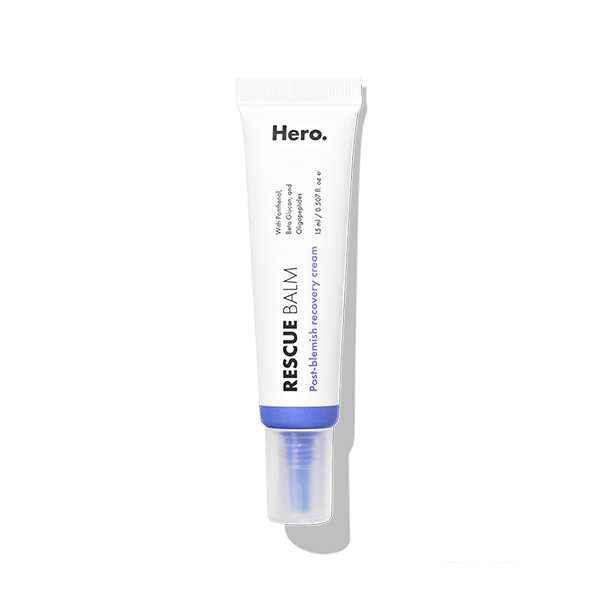
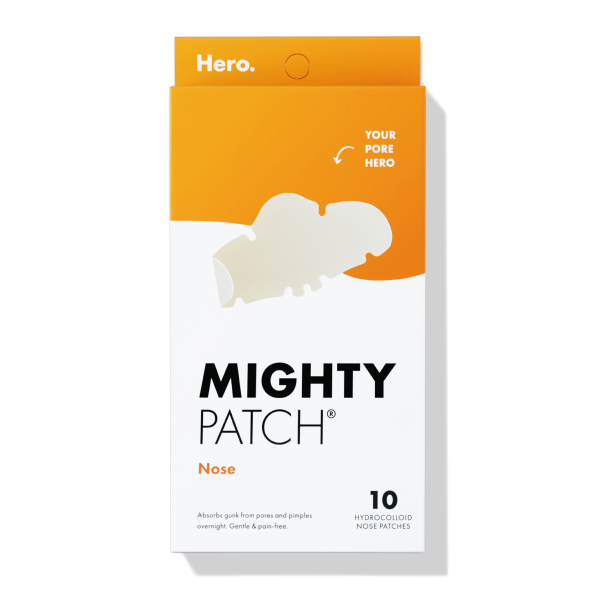
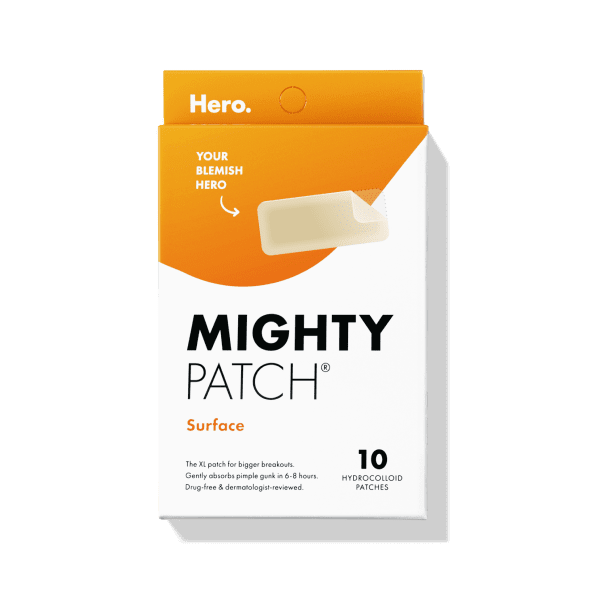

.png?v=0)
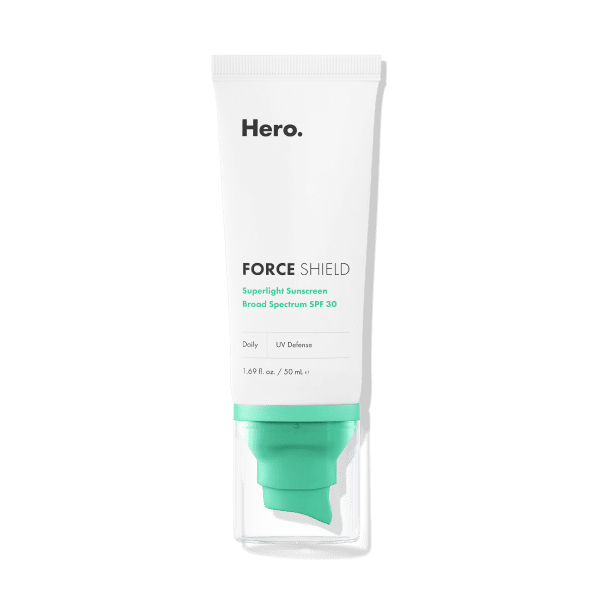

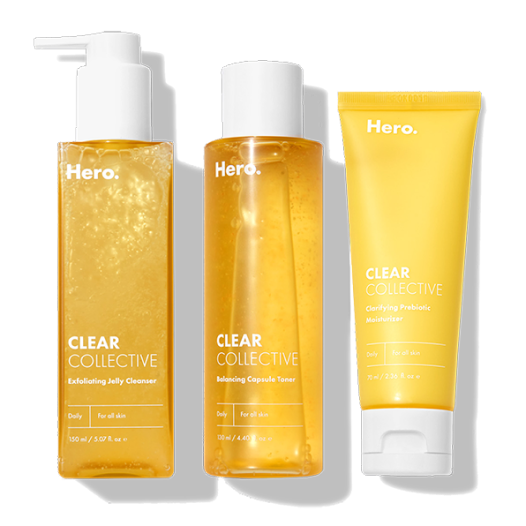



.png?v=1663017252122)
